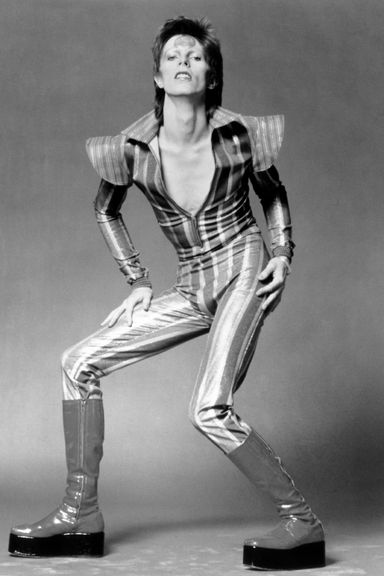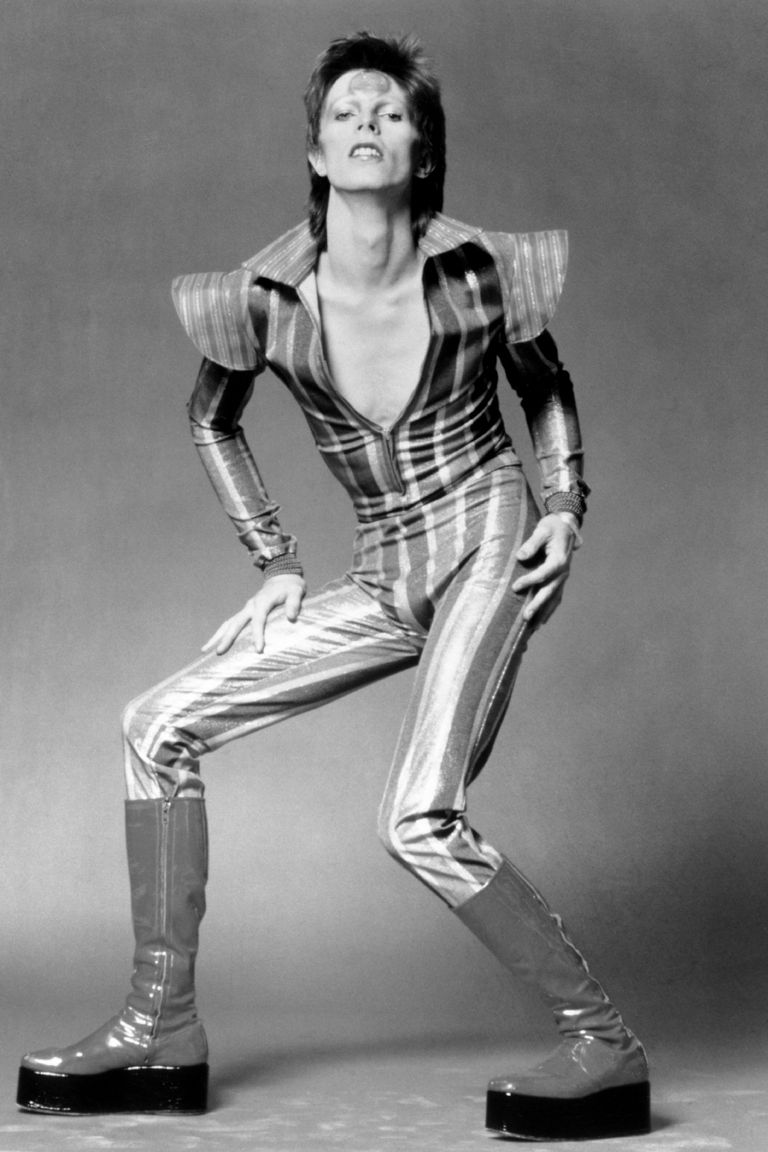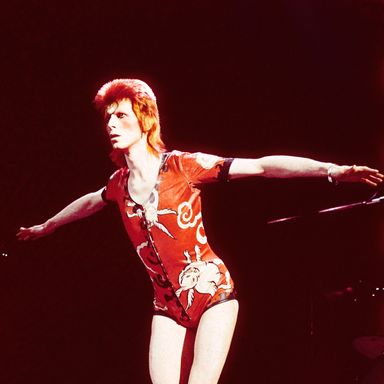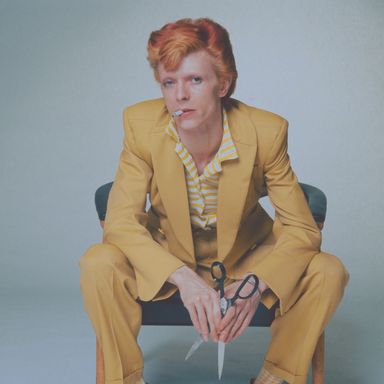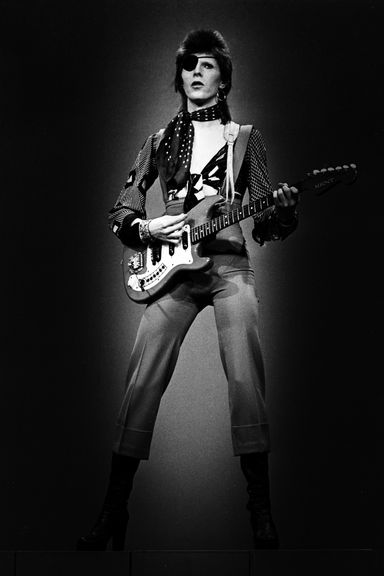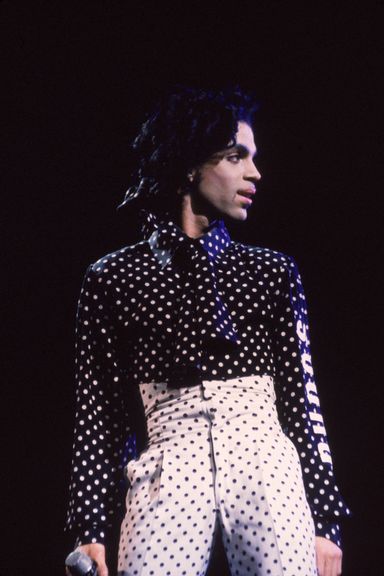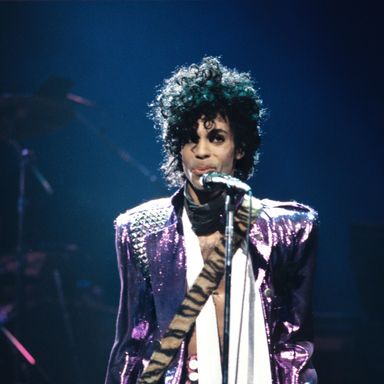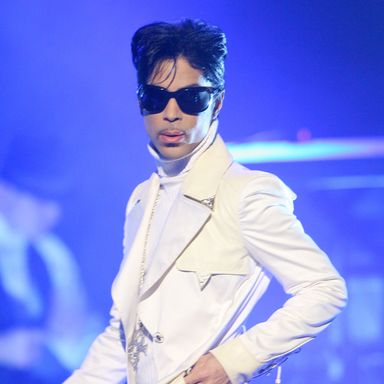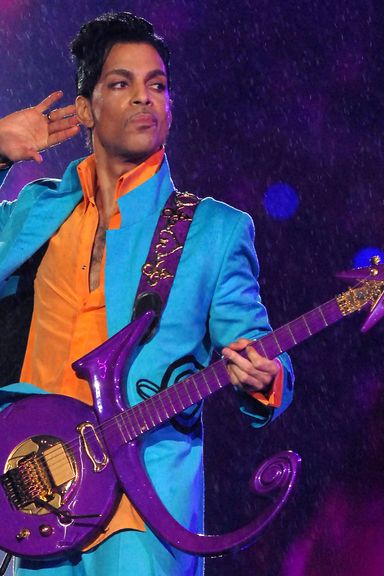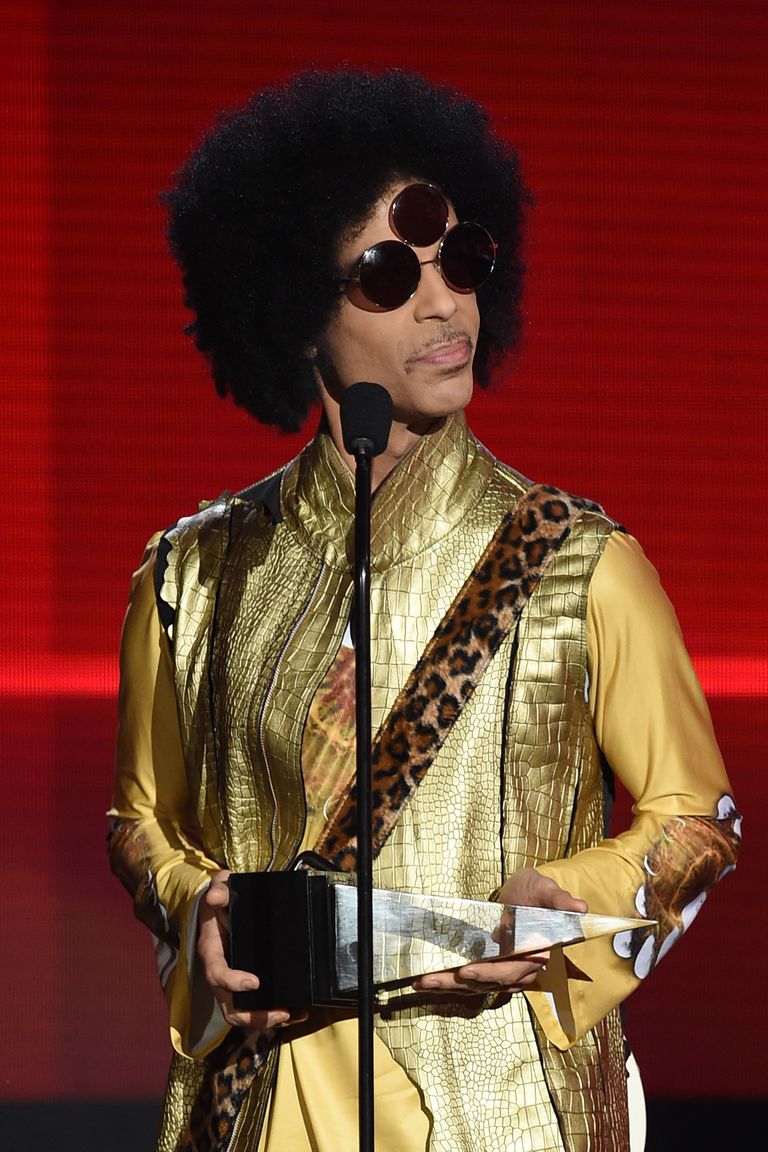In 2016, We Lost 3 of the Greatest Fashion Icons of All Time
Without Prince’s extravagant sartorial boundary-pushing, would we have a ruffle-clad Young Thug? Without the gender-bending moves of David Bowie, would we have Alessandro Michele’s kaleidoscopic runway shows? And without Bill Cunningham, would street style be such a visual feast?
It may be hard to trace their influences with that kind of micro-precision, but this year we lost two stars who anticipated 2016’s be-yourself-and-no-one-else fashion environment by leaps and bounds, and one photographer who remained fiercely loyal to the concept in his work. Together, they helped to make fashion a richer — and much weirder — landscape.
All three had something else in common, too: They were products of the incredible fertile culture surrounding fashion in the ‘70s and ‘80s, an era that designers, notably Michele and Marc Jacobs, are still mining for inspiration in 2016. Cunningham began publishing his street photos in the Times in 1978, a gig that led to his regular column. Prince’s first album, For You, came out the same year. Bowie, already established, was in the height of his Berlin period then, playing with gender by performing on SNL in a flight attendant’s skirt suit and collaborating with downtown figures like Klaus Nomi, and Joey Arias. In our seen-it-all era, designers are still attracted to the authenticity of that time — its grittiness, its genuine transgressiveness, and its creative freedom. (Cunningham not only had the leeway to slam major designers in the pages of Details, but prioritized creative freedom over freebies, famously saying, “If you don’t take money, they can’t tell you what to do, kid.”)
Both Prince and Bowie took up infinite real estate on designers’ mood boards over the years. Bowie’s passage through chameleon-like phases — from extraterrestrial-in-platforms Ziggy Stardust to dapper Thin White Duke to face-paint-bedecked Aladdin Sane — didn’t just influence his fellow musicians to try on, and discard, outsize personas of their own. His example also made fashion more mutable: You could wear the gray flannel suit one day, and be a glam-rock alien the next. Style didn’t define or trap you — it was about play. That’s the reason he was a muse both to designers with a love of showmanship, like Jean Paul Gaultier, and their quieter counterparts (Raf Simons is a fan).
If Bowie was consistent in any way, it was in his commitment to inconsistency. He was a lifelong shape-shifter who held himself to a rigorous standard of always surprising his audience and himself. Prince also went through different style phases, but he always stuck to his signature of pure flamboyance. His pirate blouses, crop tops, and heavy use of his signature shade of purple made up for his small stature and quiet voice.
Prince drew on the look of soul and rock-and-roll artists of the past, incorporating Jimi Hendrix’s bohemian frills, Little Richard’s louche and loud stagewear, and Bowie’s androgyny, but gave them his own kooky spin (third-eye sunglasses, anyone?). His aesthetic pushed not just gender but racial barriers, defying stereotypes about how an African-American man could look and dress. And he remained firmly himself, even during his brief stint as an unpronounceable symbol.
Bill Cunningham preferred to exert his influence behind the scenes. The self-effacing photographer stuck to a personal wardrobe of standard-issue street-cleaner jackets and khakis, but in his body of work, he venerated individuality, elevating everyone from teen skaters to an Old World dandy to the level that models and celebrities once enjoyed.
There’s a lot of blowhard talk about “democratizing fashion,” but Cunningham really did that. He helped people who had not been in the fashion conversation be seen — in the paper of record, no less — and ushered in an era of street style and individualistic expression. You can carp that street style as a medium has now become commercialized and bland, which is probably true. But it did open up a whole new world of fashion free-thinkers who wouldn’t otherwise have had an outlet.
Bowie, Prince, and Cunningham didn’t exactly run in the same circles, but their shared influence is everywhere. They helped grant us the freedom to revel in flamboyant style, whether it’s on you or you’re just an admiring observer. You see it in NBA players who have turned Draft Day into a peacocking opportunity, in Jaden Smith’s skirt wardrobe, and the gender-fluid casting at shows like Gucci, Hood by Air, and Eckhaus Latta. Russell Westbrook’s off-center mashups, Ben Cobb’s exaggerated ‘70s sexiness, Harry Styles’s gentle gender-bending, and A$AP Rocky’s streetwear-meets-tailored looks all owe a debt to the men above. And Cunningham helped even ordinary New Yorkers see their style as something deserving of an audience — as Anna Wintour once said, “We all dress for Bill.”
Maybe in the future, these phenomena won’t be the source of trend pieces — in the true culmination of these fashion innovators’ legacy, they’ll just be a natural part of the way we dress.
